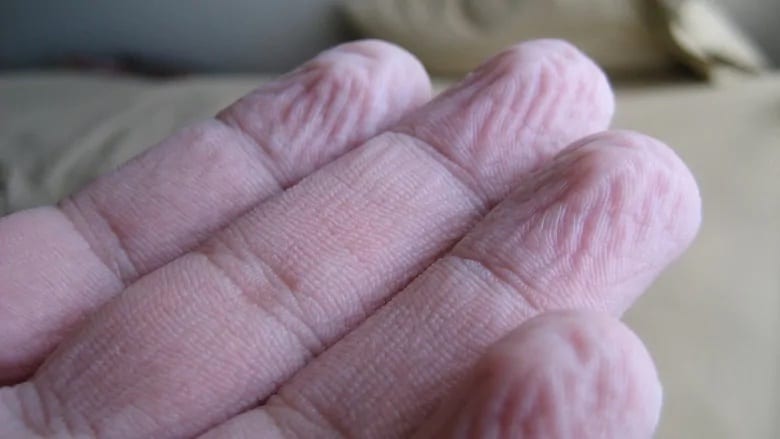Here’s an interesting little story that shows how pain is a bit more complicated that we expect.
Two pain scenarios:
Scenario 1:
11 yo boy playing football, came off the field holding his thumb, not visibly distressed in any way, not asking for any assistance and virtually waved off the First Aid person.
I had a quick look at his thumb as a parent more than a physio (I wasn’t the first aid person and I didn’t want to butt in), it was swollen but I pretty convinced that based on his demeanour and lack of any visible distress, that it was a simple soft tissue strain.
I found out the following week that his thumb turned out to be fractured, which really surprised me. Granted, I didn’t do any kind of assessment of his thumb, but I would never have guessed!
Scenario 2:
9 yo boy, rolled his ankle at school, lots of visible distress, unable to touch the foot on the floor.
He was apparently upset about being upset in front of school friends.
When I saw him, he was extremely restricted in his ankle movement and unable to even rest his foot flat on the floor, let alone take any weight or walk on it.
I reassured him and encouraged that he start gently moving it and try resting his foot on the floor, but I was really thinking that if things were similar in the morning, an XRay would be needed.
However, the next morning, he was walking on it like nothing had happened! I was really surprised by that degree of turnaround.
Lessons:
- Being a parent isn’t easy!
- There is more to pain than just the state of the tissue that has been injured (how can one boy with a fracture be so NOT DISTRESSED, and another boy who has rolled his ankle be so COMPLETELY DISABLED by it?).
- It is very dangerous to base decisions on how badly someone is hurt just on their appearance. This happens all the time, where decisions are made about the amount of pain relief someone needs based on their outward signs of distress.
- It is impossible to truly compare pain levels, and contrary to popular opinion, pain thresholds are more or less the same. However, pain tolerances can be wildly different.
Professor Patrick Wall put it really well in his book Pain: The Science Of Suffering, when he said:
‘Anyone, expert or not, observing someone who is injured almost inevitably assigns an ‘appropriate’ amount of pain that they expect. On what do they base this assignment of the appropriate: personal experience, professional experience, empathy, sympathy, knowledge of the victim?’
The problem with this kind of judgement is that it is usually based on the idea that a certain amount of injury produces and justifies an ‘appropriate’ amount of pain.
Conclusions:
I was sucked into that kind of thinking when I saw the boy in scenario one. I had unconsciously assigned a certain level of injury to the amount of pain that he was showing. Based on that, I had all but dismissed the possibility of him having broken his thumb because of how he was behaving.
Maybe I was sucked into that thinking with the boy in scenario two. However, perhaps I did the right thing by reassuring him and getting him to start using it gently.
He was fine by the next morning, but here is the thing. Whatever tissue damage had happened the day before, it was only 12 hours into the healing process, but the pain and disability was wildly different. Any ligament strain was in the very early stages of healing, yet he was walking like nothing had happened.
Thankfully, he didn’t have to wait for it to heal fully before it was painfree!
I think there’s a lesson in that for all of us.















